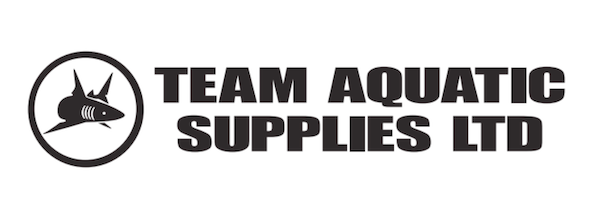
When looking for a training suit, you will notice there are several fabric options. Brands often offer multiple fabric types in their lines, so it is important to always check the inner tag of the suit to confirm what both the outer shell and the inner liner material are made of. Don’t assume because it’s a Speedo or Nike that it will last the same amount of time as your previous suits, the material type will change a suits lifespan. It is also important to know the differences between fabrics because it will not only make a difference in the lifespan but how you need to care for it.
Here are the most common types of fabrics you will encounter when shopping our swim suit selection:
100% Polyester
Common Examples of this are: Speedo Endurance +, Speedo Turnz, TYR Durafast , Arena Max Life, Funkita or Amanzi suits.
- Often labelled as ‘50% polyester/50% polyester PBT’. PBT is another version of polyester, so this is still a 100% polyester suit.
- This is the most durable fabric against chlorine. Suits often last over a year if you swim 3-5 times a week. Some of our swim experts have even had polyester suits last for years.
- The suits do not stretch much overtime, rather they ‘break in’ just like a shoe would.
- This material retains colour very well.
If you are looking for a long lasting suit, we recommend a 100% Polyester suit from TAS.
Poly Blend
Common Examples of this are: Speedo Flipturns, Dolfin Uglies. Nike & TYR also make blends, so be sure to check the labels.
- Often labelled as 82% Polyester, 18% Spandex, Lycra or Nylon.
- This fabric is durable against chlorine while adding an extra level of stretch due to the Spandex/Lycra/ Nylon.
- This material will stretch over time, so make sure you’re fitting these snug at the time of purchase.
- This material is more sensitive to stretching and wearing out than 100% polyester therefore taking care of the suit is important to increase its life span.
If you find polyester suits to be a bit uncomfortable or rigid, consider looking at a Poly blend suit from TAS.
Lycra/Spandex/ Nylon
Common Examples of this are: Speedo Pro LT, Speedo PowerFlex Eco or Arena Max Fit
- Often labeled as a combination of lycra, nylon or spandex.
- This fabric is the least durable against chlorine and not well suited for swimmers who are frequently in the water.
- This fabric should NOT be worn in the hot tub as it will speed up the decay of the material.
- This suit is very comfortable due to the high amount of stretch. It is commonly used to make ‘Beach wear’ or “Cruise wear’ because it is so comfortable.
- This fabric is very light and often recommended as an entry level racing because of how streamline it is.
- This suit will stretch, so make sure you’re fitting these snug at the time of purchase.
- It is important when purchasing a Lycra/ Spandex/ Nylon suit to consider the brand name and its reputation. Many ‘cheap’ brands or knock of suits use this material because it can be inexpensive. Inexpensive Lycra/ Spandex/ Nylon will deteriorate incredibly fast no matter how well it’s cared for. At TAS, we only carry high quality Lycra/ Spandex/ Nylon suits.
If you are looking for the ultimate in comfort and hydro dynamics in the water, consider a Lycra/ Spandex suit from TAS.
Sublimated
Common Examples of this are: Q Sublimated Team Suits
- Often labeled as 100% Polyester with a blended lining.
- This fabric is dyed using a special process that allows you to completely customize the print on the suit. We therefore often use this for team suits.
- When the fabric is dyed only the vertical strands are dyed, the horizontal strands are left undyed. This is not obvious when looking at the suit.
- This fabric pills far easier than any other material due to the fact the horizontal strands are not dyed. When a suit pills it is the horizontal strands slightly pulling out. This does not affect the performance of the suit, only the visual appearance. Pilling can be avoided by not coming into contact with anything rough such as the pool deck, starting block or bleachers - always sit on a towel!
If you are looking for a suit that can be completely custom, consider a sublimated suit from TAS.
No matter which material type you pick for your training suit, proper care is essential to extend the lifespan of your suit. A gentle detergent such as Aquamate Swim Suit Cleaner should be used to wash your suit after each wear.
If you need help determining which suit is best for you, contact us or our swim experts today!

